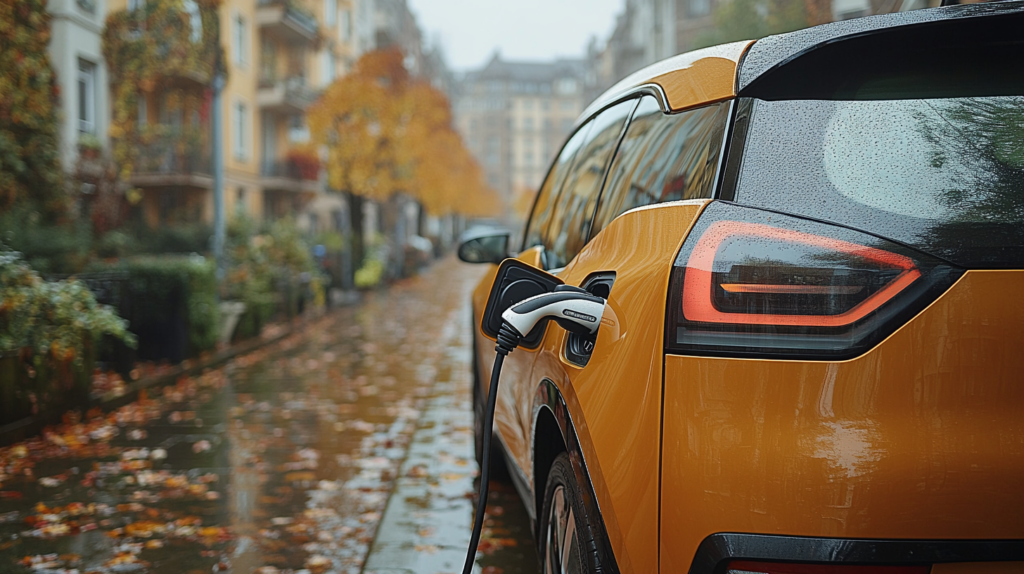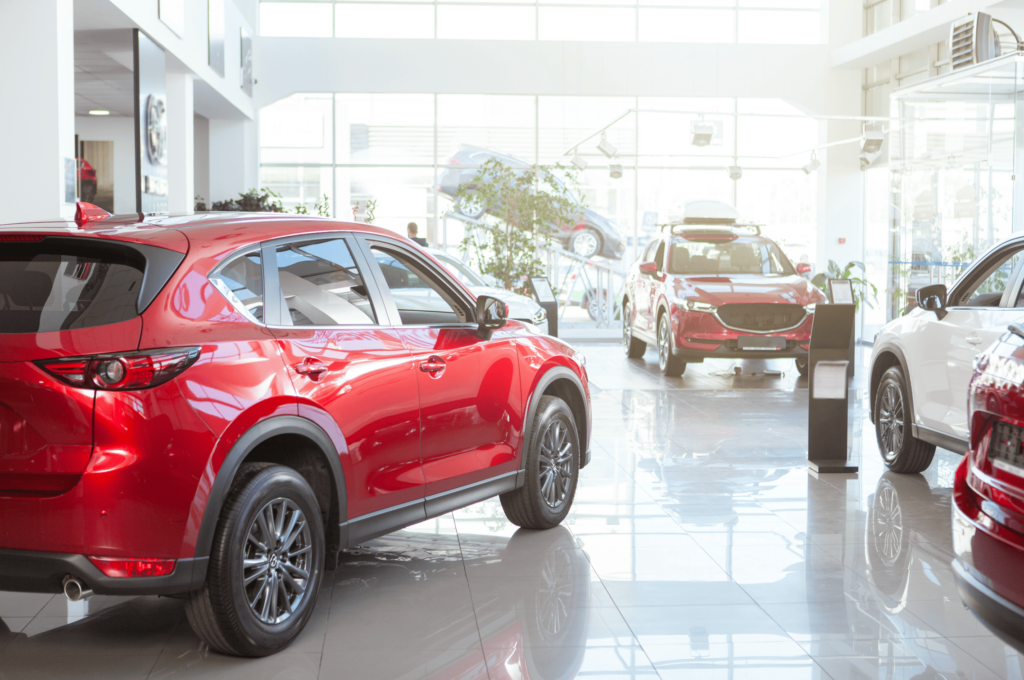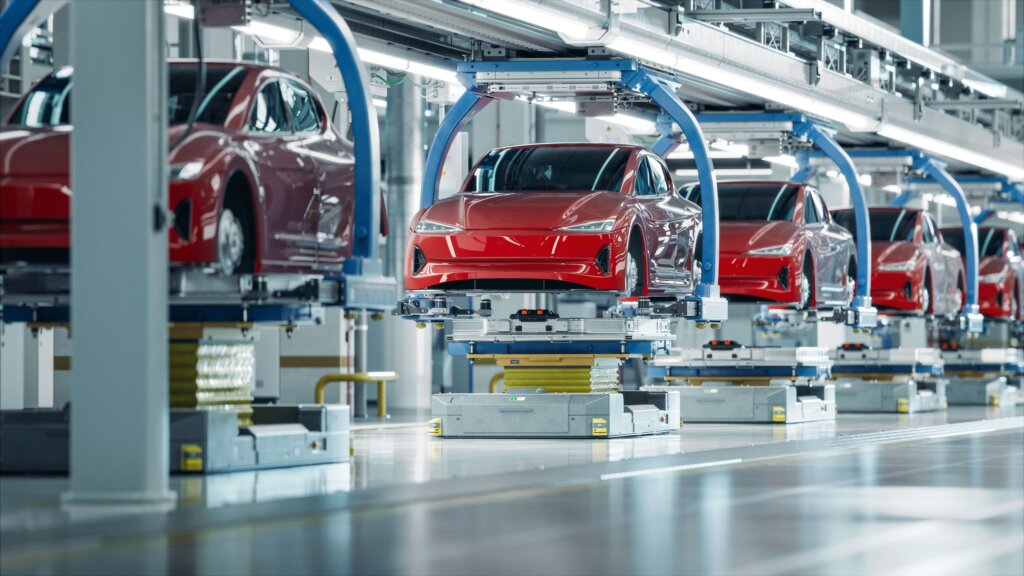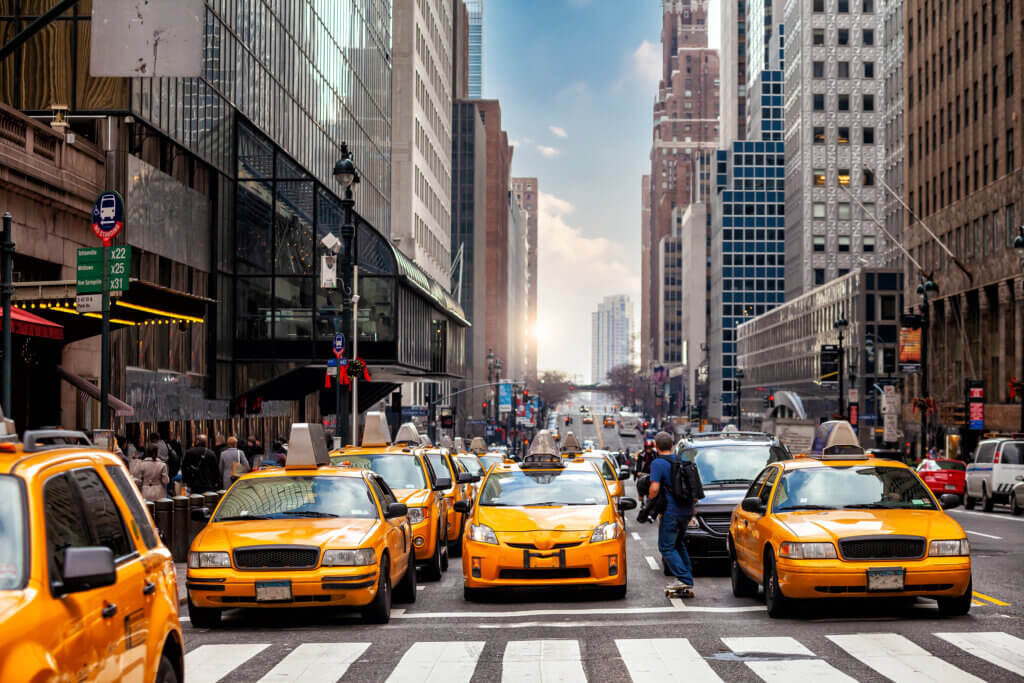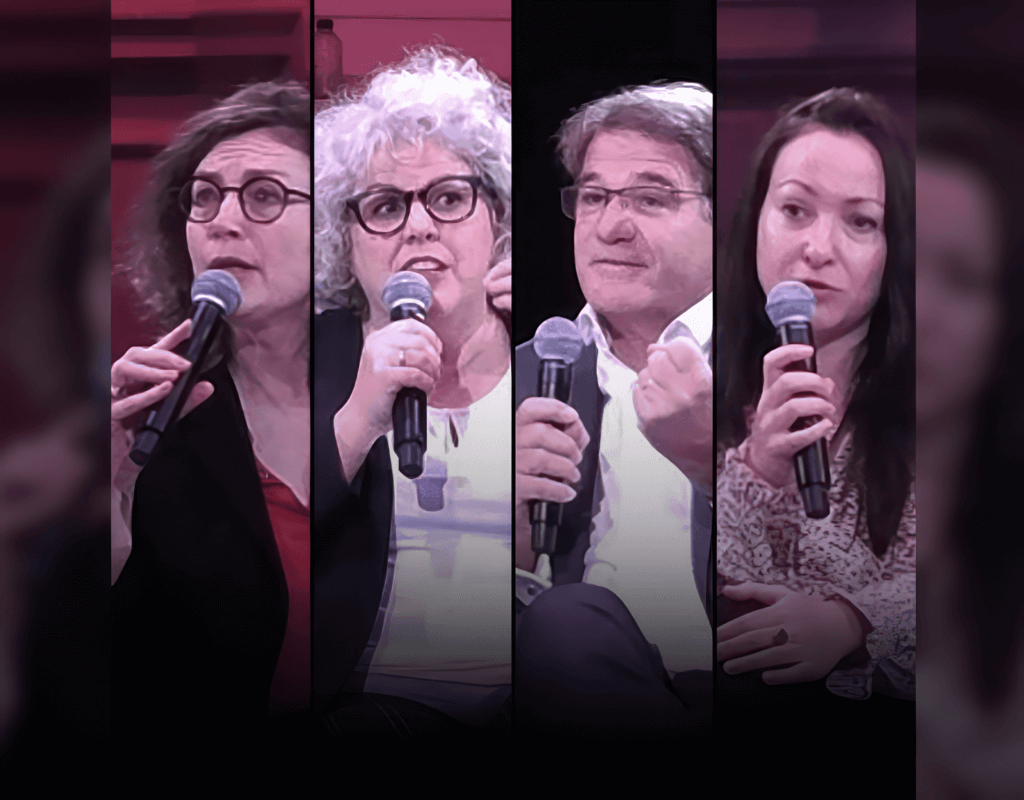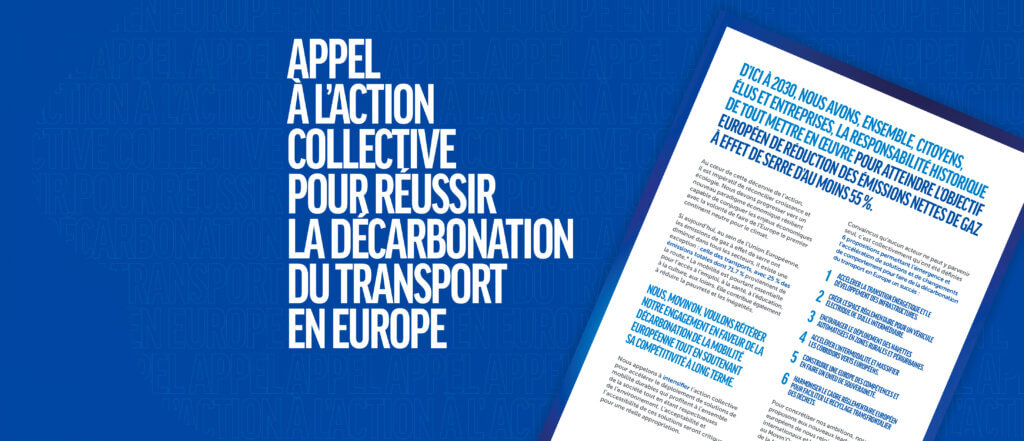Safety Issues Force GM to Halt Cruise Robotaxi Rollout
Shared mobility services enjoy worldwide acceptance, and the market for their functional economy of use, not ownership, is growing fast. But in the United States, one of the most technologically advanced vehicles built for sharing, the self-driving electric Cruise Origin, has run into safety challenges that are keeping it off the road, at least for now.
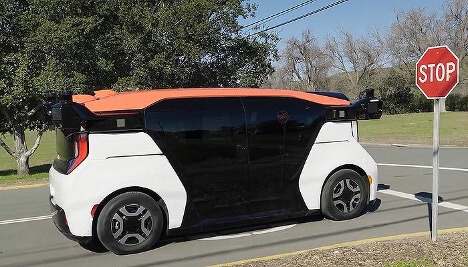
During the past month, the rollout of autonomous electric vehicles purpose-built for ride-hailing by General Motors’ subsidiary Cruise has taken a huge hit.
At the end of October, California motor vehicle regulators suspended Cruise’s deployment and driverless testing permits across the state after one of the Cruise vehicles dragged a pedestrian in San Francisco.
As the crash unfolded on October 2, a vehicle with a driver behind the wheel struck a pedestrian, sending him into the path of a Cruise autonomous vehicle. The Cruise stopped but still hit the person. Then the Cruise pulled to the right to get out of traffic, dragging the victim about 20 feet (six meters) forward. He was pinned under one of the Cruise vehicle’s tires and was critically injured.
Cruise says it is recalling all 950 of its autonomous vehicles to update their software so this type of incident will never happen again.
In a statement, Cruise said, “The voluntary software recall addresses circumstances in which the Cruise Collision Detection Subsystem may cause the Cruise AV to attempt to pull over out of traffic instead of remaining stationary when a pullover is not the desired post-collision response.”
Now, Cruise has suspended its driverless operations nationwide after California regulators found that its cars posed a danger to public safety. Safety problems have been piling up for Cruise AVs, but this incident attracted a lot of public attention.
The California Department of Motor Vehicles (DMV) determined the Cruise vehicles “are not safe for the public’s operation” and also found that “The manufacturer has misrepresented … information related to safety of the autonomous technology of its vehicles.”
The DMV has provided Cruise with the steps it must take to apply to reinstate its suspended permits, which the DMV will not approve until the company has fulfilled the requirements to the department’s satisfaction. This decision does not impact the company’s permit for testing with a safety driver.
Then, the National Highway Transportation Safety Administration (NHTSB) made public an October 20 letter in which the agency raised concerns over several hard-braking incidents by Cruise vehicles that resulted in collisions. Safety officials cited two videos where Cruise vehicles came close to pedestrians in crosswalks and appeared to nearly strike them.
In a hearing earlier this year, before the California Public Utilities Commission gave its approval for Cruise to start full-fletched commercial operations in the state, San Francisco’s fire department, police department, and municipal transportation agency compiled a report of at least 600 incidents involving driverless vehicles since June 2022.
One incident may have been deadly. According to San Francisco fire safety officials, on August 14 two Cruise AVs delayed an ambulance transporting a critically injured man to the nearest hospital after he was hit by a car in San Francisco’s Market district. The alleged delay may have cost the man his life as San Francisco Fire Dept. records confirmed that he died due to his injuries 20 to 30 minutes after admission to a local hospital near the accident scene.
Executive Shakeup as Cruise Founder Quits
Kyle Vogt, who founded Cruise in 2013 and served as its CEO, has resigned from the company after apologizing to staff. “As CEO, I take responsibility for the situation Cruise is in today. There are no excuses, and there is no sugar coating what has happened. We need to double down on safety, transparency, and community engagement,” Vogt wrote in an email, reported by Reuters.
“THE LAST 10 YEARS HAVE BEEN AMAZING, AND I’M GRATEFUL TO EVERYONE WHO HELPED CRUISE ALONG THE WAY. THE STARTUP I LAUNCHED IN MY GARAGE HAS GIVEN OVER 250,000 DRIVERLESS RIDES ACROSS SEVERAL CITIES, WITH EACH RIDE INSPIRING PEOPLE WITH A SMALL TASTE OF THE FUTURE.” – Kyle Vogt, founder and former CEO, Cruise LLC
“Cruise is still just getting started, and I believe it has a great future ahead,” Vogt wrote. “The folks at Cruise are brilliant, driven, and resilient. They’re executing on a solid, multi-year roadmap and an exciting product vision. I’m thrilled to see what Cruise has next!”
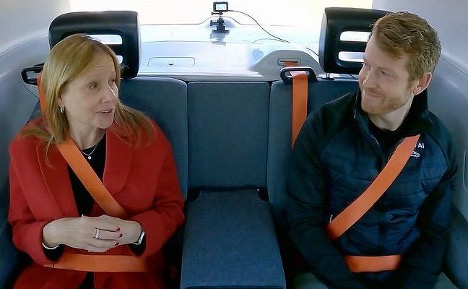
The Cruise board has named GM General Counsel Craig Glidden as chief administrative officer of Cruise. The board said it will hire a third-party safety expert to assess safety operations.
GM CEO Mary Barra said in an email to employees seen by Reuters that Glidden will serve as Cruise’s co-president with Mo Elshenawy, the current executive vice president of engineering, who will become president and chief technology officer.
Former Tesla President Jon McNeill, a General Motors director since 2022, was named vice chairman of the Cruise board alongside Barra, who chairs the board.
GM says the Origin robotaxi will not be produced in 2024. Elshenawy detailed the company’s position in an email to Cruise employees Wednesday. Cruise will focus only on its electric Bolt robotaxis, shelving plans to develop and deploy GM’s autonomous Origin van.
“Once we have taken steps to improve our safety culture and rebuild trust, our strategy is to re-launch in one city and prove our performance there, before expanding,” a Cruise spokesman told the news outlet Axios, confirming Elshenawy’s email to Cruise staff.
Barra expressed confidence in Cruise and autonomous vehicles generally.
“WE CONTINUE TO BELIEVE STRONGLY IN CRUISE’S MISSION AND THE POTENTIAL OF ITS TRANSFORMATIVE TECHNOLOGY AS WE LOOK TO MAKE TRANSPORTATION SAFE, CLEANER AND MORE ACCESSIBLE.” – Mary Barra, CEO General Motors, Board of Directors Chair Cruise, LLC
On November 6, Cruise voluntarily halted all driverless operations in its other markets, including Phoenix, Austin, Houston, and Miami, in order to “rebuild public trust.”
The setback comes at a bad time for Cruise, just as the company was expanding to more cities in the United States, competing with Waymo AVs, and making plans to introduce its own autonomous vehicles in the UAE capital city of Dubai and also in Tokyo.
But there is hope for a happier future for Cruise.
Many ride-hailers who call a Cruise AV for transportation are pleased with its safety. David Mazza of San Francisco told the company, “To date, not a single AV has been caught driving while drunk, impaired, tired, high, texting, or any of the other common ways accidents are caused by human error. Our community is safer in every possible way thanks to AVs.”
Metinee Ding, also of San Francisco, says she feels safe in a Cruise Origin. “I love how safe and comfortable it feels to ride in a Cruise car,” she wrote. “As a woman, I’ve grown up with warnings about being alone in taxis, and now Ubers. It was such a relief to finally be able to feel safe while traveling home alone at night. I love that I can adjust the temperature of the car, listen to music, and sing as loudly as I want. Best of all, I don’t have to worry about making small talk with someone who, for a small period of time, holds the fate of my life in their hands. Thank you, Cruise for all that you are working towards to make this world a safer place for us all.”
The NHTSB is convinced that the automotive industry is “moving toward more automation and electrification, which both hold promise for further improvements in safety and better environmental practices.”
“Vehicle automation will potentially change the need for individualized parking spaces and lots, with increased use of automated ride share and shuttle fleets, which could dramatically transform land use. Also, vehicle electrification opens up possibilities to improve efficiency with less personal driving, resulting in further reductions of air pollutants from the transport sector,” the NHTSB says.
The difficulties in which Cruise finds itself today are a bump in the road to the widespread ride-hailing of autonomous electric vehicles. But Cruise will have to improve its safety record to share in this lucrative emerging market.
As detailed in the most recent Statista Market Forecast, the U.S. ride-hailing market is projected to reach US$154 billion in 2023. Statista predicts that by 2027 the U.S. ride-hailing market will hit US$202 billion in revenue while serving nearly two billion users who choose to ride in electric vehicles but don’t need to own them.
Toute l’actualité de Movin’On
dans votre boîte mail
Auteur
Partager
Tweets de @movinonconnect
Movin'On 2035 TODAY EP02 - Circular Economy & Competitivity
Movin’On 2035 TODAY EP01 – Fair Mobility for All https://x.com/i/broadcasts/1yNxagBrWZbGj
✨ THAT'S A WRAP!
Movin'On Summit 2024 has just concluded in Brussels!
More than 350 leaders and experts in sustainable mobility gathered to exchange ideas, collaborate, and share their vision for desirable and decarbonised mobility in Europe. Together, we explored ways to build…
🔴 Live from #MovinOnSummit2024
@AshaSumputh has just invited Denis Machuel, CEO at @AdeccoGroup and Florent Menegaux, President of the @Michelin Group & President of Movin'On
L’actualité de la mobilité durable
Découvrez les dernières tendances, des analyses thématiques et nos prochains rendez-vous

